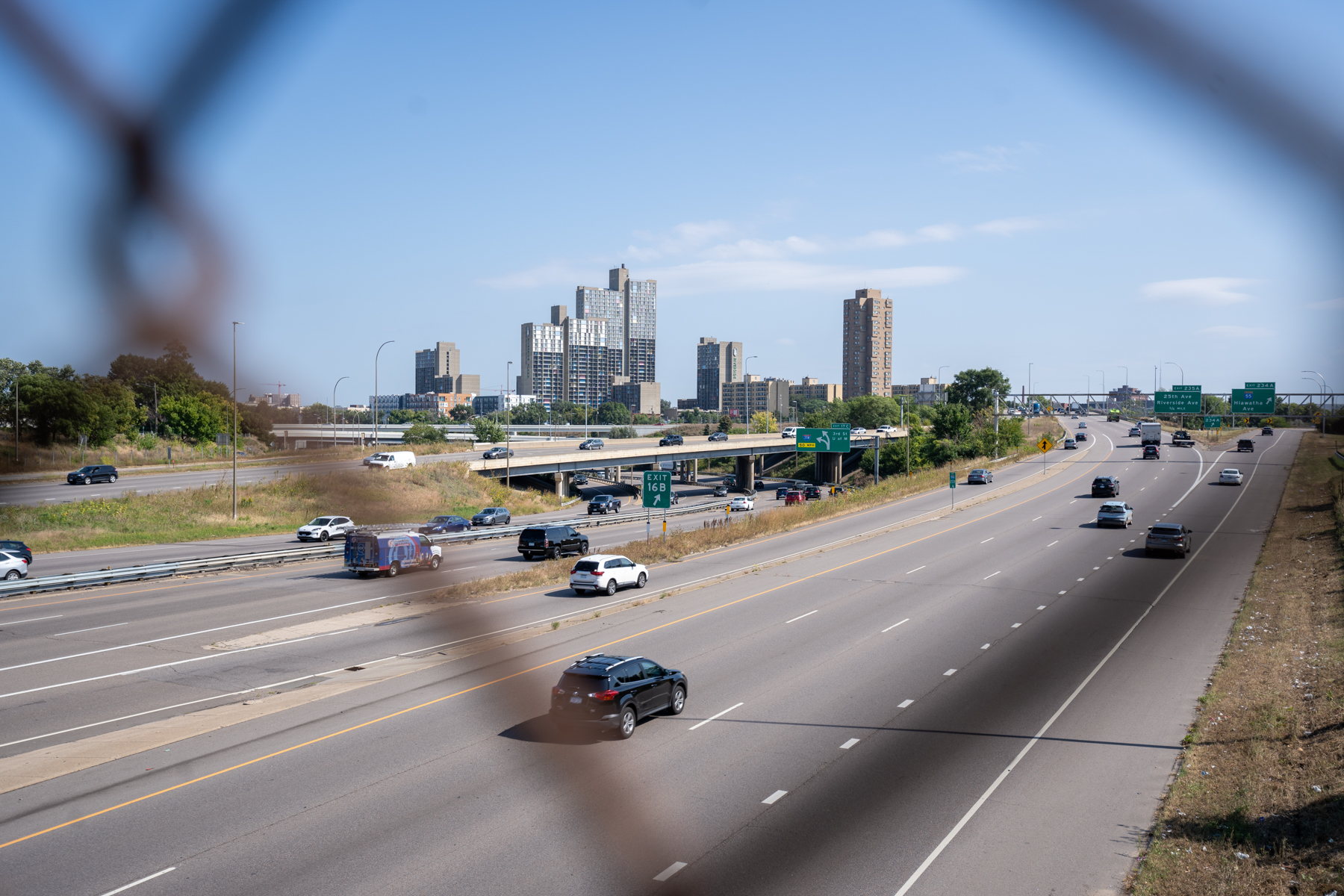- cross-posted to:
- msp
- cross-posted to:
- msp
State transportation officials on Friday narrowed down the designs being considered for the reconstruction of Interstate 94 between Minneapolis and St. Paul, eliminating options with strong community support that would have removed the highway.
The Minnesota Department of Transportation (MnDOT) is recommending that four of 10 designs, which were first introduced in 2023, move forward into an environmental review process. That review will determine the future of the 7.5-mile stretch of I-94 between Hiawatha Avenue in Minneapolis and Marion Street in St. Paul.
Notably absent were designs that considered replacing the highway with an at-grade roadway, an option supported by several environmental activists and the nonprofit, Our Streets. Several elected officials who sit on an advisory committee for the project and who were in attendance at the Friday meeting with MnDOT criticized that absence.
As a Twin Cities resident, I’m definitely disappointed to hear this news. Everyone I talked to about this was excited about the possible conversion to a Boulevard. People have a lot of feelings about this stretch of 94 because there was a strong historically Black neighborhood (Rondo Saint Paul) that was demolished in the 50s and 60s to make way for this stretch of highway, and the city’s Black community never really recovered from that devastation. Of course, the people that would prefer to keep it a freeway are also the type of people that wouldn’t really pay attention to the news until it was imminently happening.
This was interesting:
MnDOT rejected designs to replace the highway with an at-grade roadway because the agency believes it would negatively impact mobility and create more safety issues by putting more cars on local roadways where crashes are more common. Barnes said MnDOT’s analysis projects that the design would bring more vehicle pollution to residential areas. The Star Tribune first reported that MnDOT ruled out those designs in December.
“We also know this alternative would make air quality worse for more people,” Barnes said.
“where crashes are more common” is interesting to me. Even if crashes are more common on city roads, I would suspect that the crashes that do occur on the freeway are far more deadly. So the boulevard redesign would have probably reduced traffic deaths overall.
However: I94 is the main highway connecting Minneapolis and Saint Paul, particularly in this stretch that was being studied. Currently, if you drive around the cities a lot due to work or whatever, you are almost always including 94 on your route. There are beltway freeways in the north and south of the metro, but those don’t make sense to take unless you’re headed north or south already. When they say that this would have increased travel times for many drivers, they are telling the truth.
Alternatively, we do have a light rail train and multiple bus routes that follow a similar route. But Minnesota is cold and it is hard to convince habitual drivers to wait out in the cold for public transit.
So: I can understand why MNDOT blinked. If they went through with the at-grade option, they would probably face more backlash than appreciation, even if the people that were excited about this were REALLY excited about it. backlash is a very dangerous thing these days. But I still feel pretty strongly that the at-grade option would have been better for the metro overall in the long term.
So: I can understand why MNDOT blinked. If they went through with the at-grade option, they would probably face more backlash than appreciation, even if the people that were excited about this were REALLY excited about it. backlash is a very dangerous thing these days. But I still feel pretty strongly that the at-grade option would have been better for the metro overall in the long term.
I get this but I was hoping it could at least continue onwards. Especially because our streets had good estimates on lower traffic and emissions from their independent option. I get no one wants waves and removing any car dependency can be a problem. But the local support should have been enough
“where crashes are more common” is interesting to me. Even if crashes are more common on city roads, I would suspect that the crashes that do occur on the freeway are far more deadly. So the boulevard redesign would have probably reduced traffic deaths overall.
You’re thinking exclusively of speed but ignoring that at-grade introduces pedestrians, bicyclists and other transportation forms into the mix. I’ve not lived in Minneapolis since 2009 and have no idea what the right call is here, but there might be compelling statistical reasons for the direction they’re going, even if it’s not what the community wants. Urban planning is hard.





